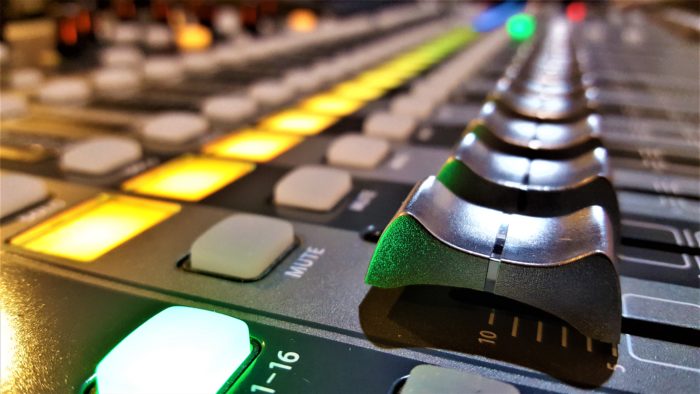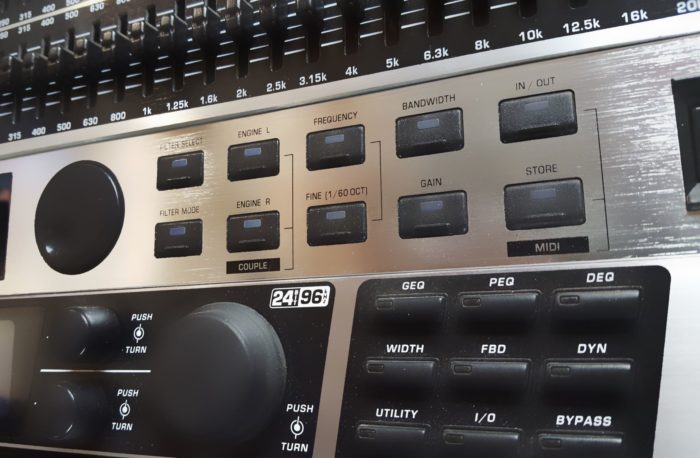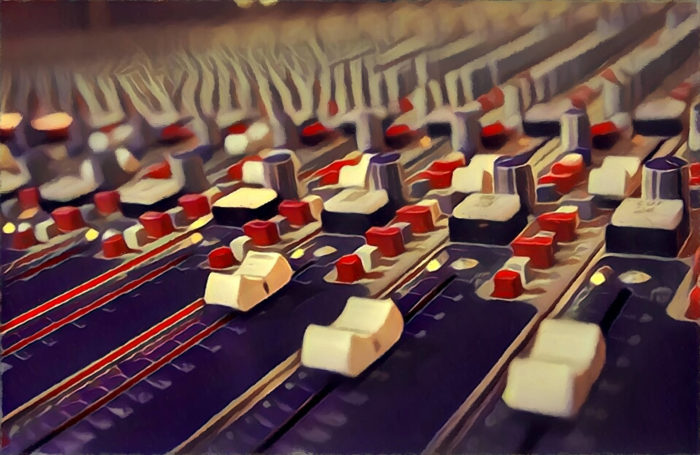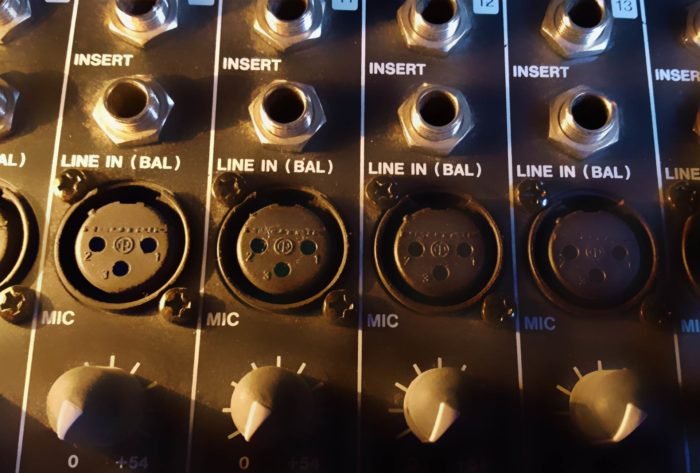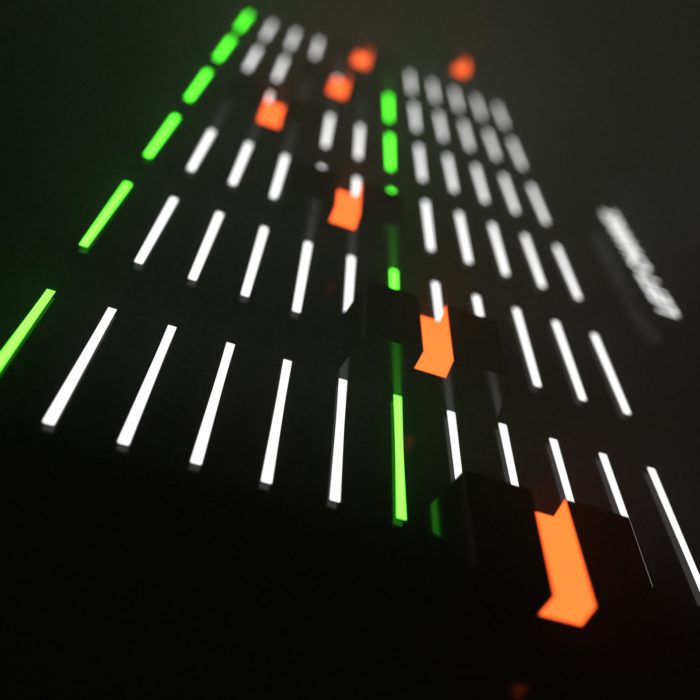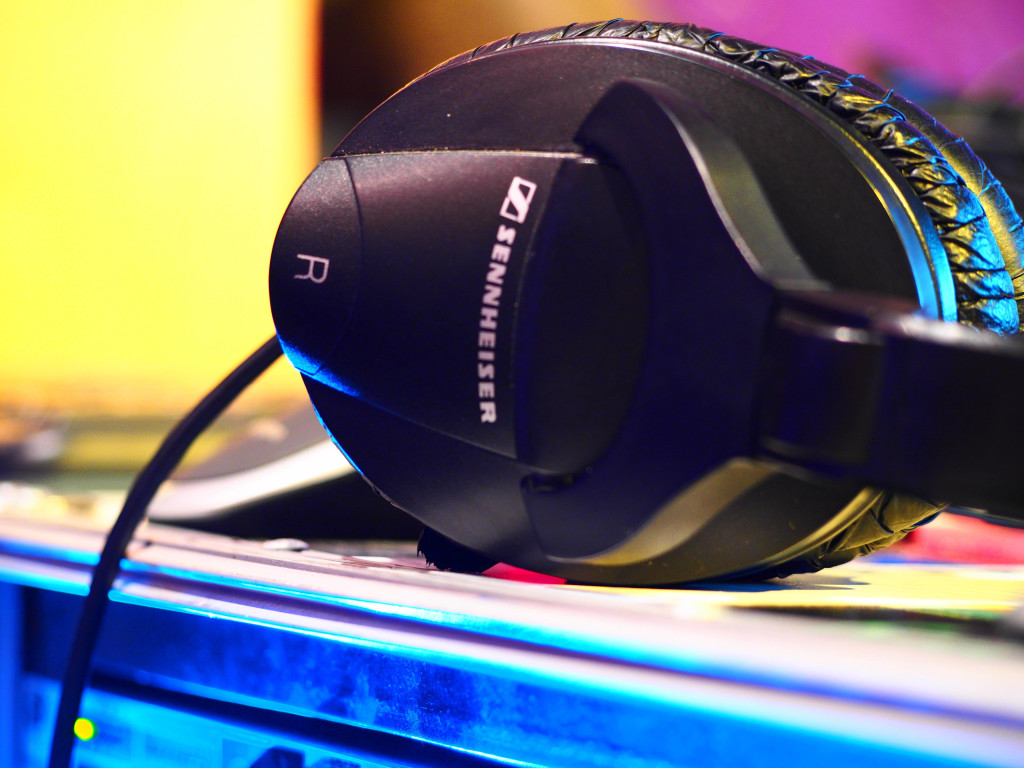It was actually a “mistake,” but I kept it.
Please Remember:
The opinions expressed are mine only. These opinions do not necessarily reflect anybody else’s opinions. I do not own, operate, manage, or represent any band, venue, or company that I talk about, unless explicitly noted.

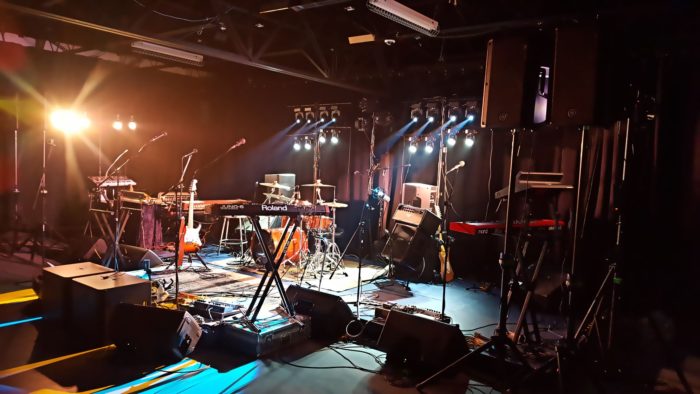 Want to use this image for something else? Great! Click it for the link to a high-res or resolution-independent version.
Want to use this image for something else? Great! Click it for the link to a high-res or resolution-independent version.Many things are discovered by accident. The glue for Post-It notes, for instance, was apparently an unintentional result of trying to create a much stronger adhesive. Gated reverb for 80’s-era drum tracks was also a case of “we didn’t intend to do this, but we liked it.” In the same way, Pigs Over The Horizon featured a vocal reverb with nifty characteristics that I didn’t plan out at all. In fact, at the time of the show I was a little surprised by its behavior, only realizing what I had done at a later time.
I had made the decision that any time-based FX processing for the show would be heard from the surround loudspeakers I briefly mentioned earlier. So, into the surrounds went my delay and reverb returns. What I noticed during the show was that, when Rylee, Grant, or Lisa “got on the gas” with a powerful vocal part, the surround reverb would launch like a rocket and punctuate that phrase. When they backed off, the reverb was much more tame. It was a cool bit of drama, so I kept it.
But what was really happening?
A habit that I’ve gotten into as an FOH mix human is to aggressively limit my main outputs. I don’t necessarily recommend my craziness to other people, but for me, the setup operates as a sort of automatic vocal rider, plus a method for keeping a mix in a bit of a box. I can, essentially, decide precisely how much the FOH PA gets to contribute to the overall volume of the show, and then set a “do not exceed” point. With the right settings in place (and a really excellent band on deck, of course) I can smack the limiter with the vocals – which helps to keep the lyrics on top without ripping people’s heads off. (Or, more precisely, it doesn’t rip people’s heads off any more than is necessary.)
So, for POTH, I definitely had that limiter in place. Here’s the key, though: It was NOT applied to the surround speakers. I had completely glossed over setting output dynamics for them. So, a big vocal part would happen, and go into the reverb send at full throttle. The dry signal would continue on to the main bus, where it got brickwalled…and the wet signal would blast through the unlimited surrounds. This “ex post facto” level adjustment to the dry vocal meant that my dry/ wet mix was suddenly tilted more in favor of “wet.” On the other hand, if a vocal part wasn’t smashed into the limiter, then my set proportionality was mostly untouched.
In a way, what I effectively had was an upward expander on the reverb send. A totally accidental one. Was it, technically speaking, “wrong?” Yes. Am I going to keep the basic idea around if we get to do the show again? Also, YES! It was cool! (Well, I thought it was…)
